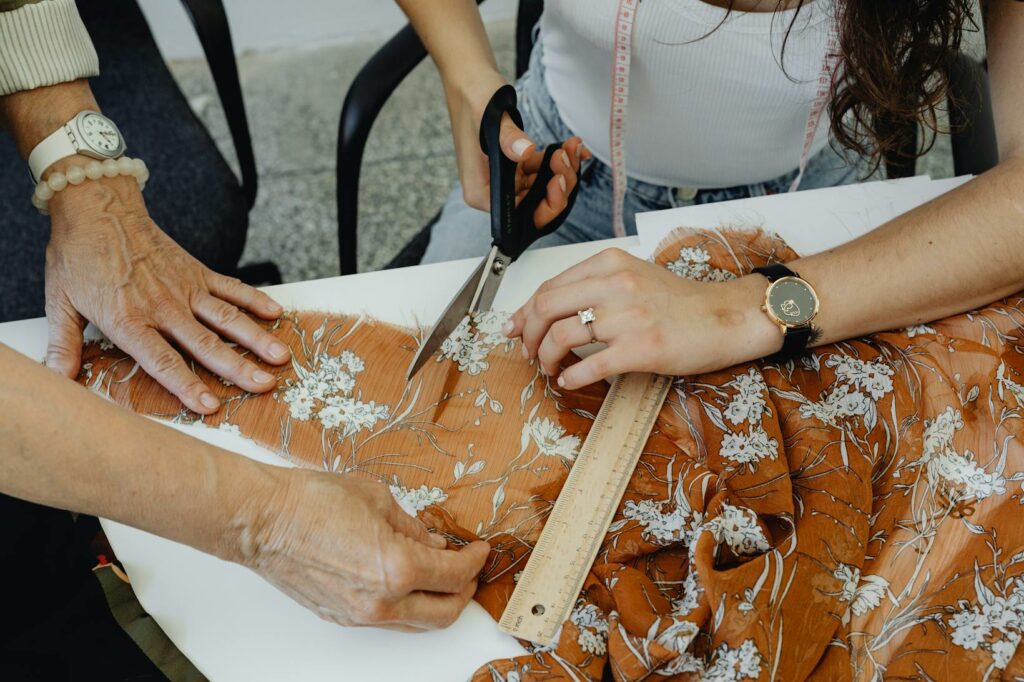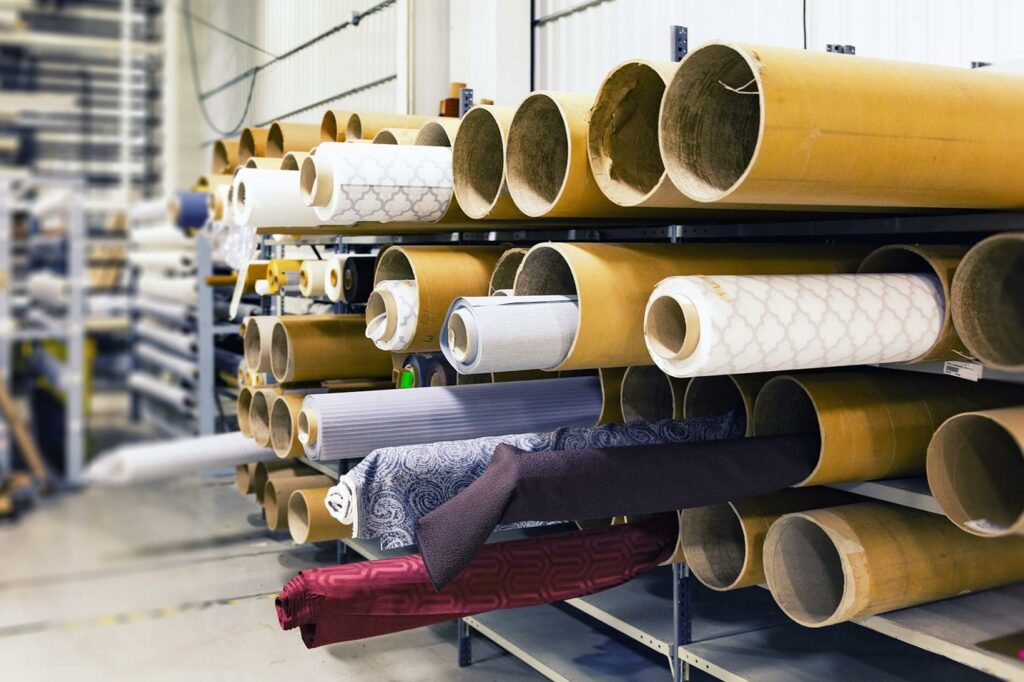In the ever-evolving landscape of the textile industry, one innovation stands out as a transformative force that revolutionized the way fabrics are produced and utilized. This game-changing advancement not only reshaped the manufacturing processes but also had a profound impact on the quality, efficiency, and sustainability of textile production worldwide. By embracing this innovation, the textile industry witnessed a paradigm shift that propelled it into a new era of creativity and possibility.
What Innovation Changed The Textile Industry

The textile industry saw a monumental shift with the invention of the cotton gin.
This innovation played a significant role in revolutionizing fabric production, transforming manufacturing processes, and reshaping the textile landscape.
How the Cotton Gin Works
The cotton gin, short for “cotton engine,” is a mechanical device designed to efficiently separate cotton fibers from their seeds. It operates by feeding cotton through wire teeth that grab the fibers, while the seeds are too large to pass through. This process enables rapid separation, dramatically increasing cotton processing speed compared to manual methods.
Impact on Cotton Production and Slavery
The cotton gin brought about a revolution in cotton production by streamlining the laborious task of separating seeds from cotton fibers. This increased efficiency led to a surge in cotton cultivation and significantly boosted the textile industry. However, the downside of this innovation was its reinforcement of slavery in the United States, as the higher demand for cotton resulted in an increased reliance on enslaved labor to meet production needs.
The Power Loom and Modern Weaving
The power loom played a crucial role in transforming the textile industry, particularly in the realm of weaving fabrics.
Development of the Power Loom
The power loom, invented by Edmund Cartwright in 1784, mechanized the weaving process, automating the intricate task of interlacing threads to create cloth. Its introduction revolutionized textile production by significantly increasing output and speeding up the weaving process.
Effects on Textile Production Speed and Labor
 The adoption of power looms drastically improved textile production speed, enabling manufacturers to meet growing demands more efficiently.
The adoption of power looms drastically improved textile production speed, enabling manufacturers to meet growing demands more efficiently.
Moreover, the use of power looms reduced the reliance on manual labor for weaving, leading to increased productivity and economic growth in the textile industry.
Synthetic Fibers Revolution
The introduction of synthetic fibers revolutionized the textile industry, offering a range of benefits that transformed the production and usage of textiles.
Discovery and Development of Synthetic Fibers
Synthetic fibers were developed as a response to the limitations of natural fibers like cotton, wool, and silk. The first fully synthetic fiber, Nylon, was created by DuPont scientists in the 1930s. This breakthrough marked a significant turning point in textile manufacturing, as synthetic fibers could be engineered to possess specific qualities such as increased durability, strength, and resistance to wrinkles and stains. Over the years, advancements in technology have led to the creation of various synthetic fibers like polyester, acrylic, and spandex, each serving different purposes in the textile industry.
Influence on Fashion and Global Trade
 The introduction of synthetic fibers has had a profound impact on the fashion industry and global trade. These fibers have allowed designers to experiment with innovative textures, patterns, and colors, leading to the development of new trends and styles. Additionally, synthetic fibers are often more affordable than natural fibers, making fashion accessible to a wider audience.
The introduction of synthetic fibers has had a profound impact on the fashion industry and global trade. These fibers have allowed designers to experiment with innovative textures, patterns, and colors, leading to the development of new trends and styles. Additionally, synthetic fibers are often more affordable than natural fibers, making fashion accessible to a wider audience.
From performance wear to everyday garments, synthetic fibers have become integral in the creation of diverse clothing options. In terms of global trade, the mass production of synthetic fibers has transformed the supply chain dynamics of the textile industry, enabling faster production and distribution of clothing worldwide.
The textile industry has undergone significant transformations throughout history, driven by key innovations that have shaped the way fabrics are produced and designed. These innovations have not only streamlined production processes but have also empowered designers to unleash their creativity and bring innovative concepts to life effortlessly. The textile industry continues to evolve, propelled by technological advancements and a commitment to sustainability, promising a future filled with endless possibilities and creative opportunities.



